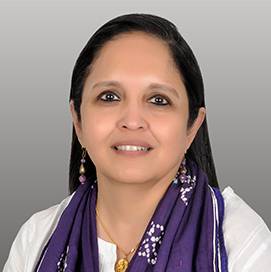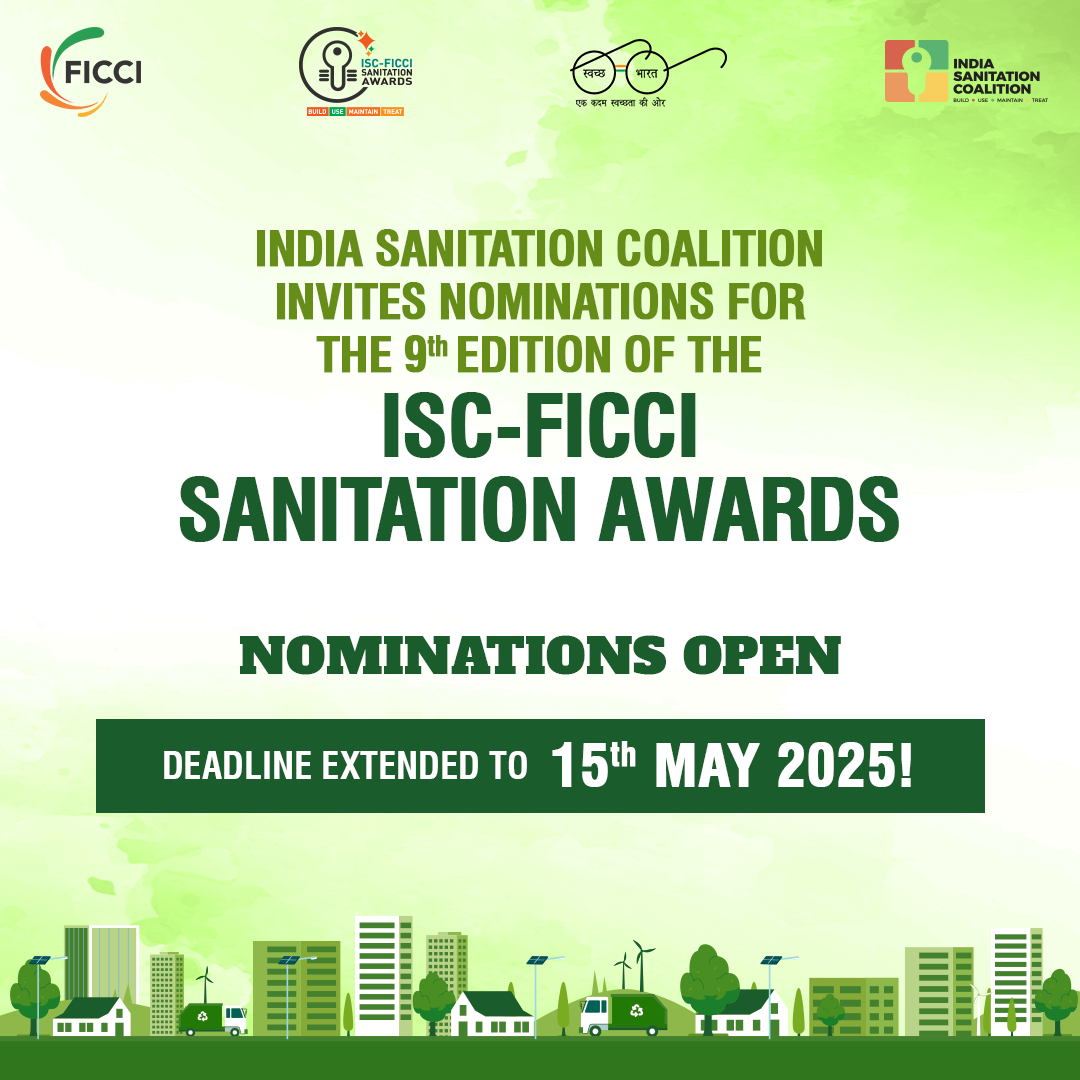Community Takes Charge: A Deep Dive into Saharanpur's Decentralized Solid Waste Management Model
Blog Writer:  Natasha Patel, CEO
Natasha Patel, CEO
BACKGROUND
Saharanpur, a city in UP, founded in 1340 and named after the muslin saint Shah Haran Chisti, is today a transportation hub for several industries including railway workshops, cotton and sugar processing, cigarette manufacturing, paper making and wood carving. But its claim to fame is not so much all these things, rather it is a proud self-made city when it comes to water and sanitation. What was once Not at all a very clean city is now the proud home of communities that manage their waste collectively and in partnership with their municipality and sanitation workers. An exercise in self-help catalysed by the vision of ITC’s Mission Sunehra Kal program.
.jpeg)
Historically an agricultural community, since the last century it has transformed itself into a manufacturing economy due to its strategic location and hence has a high footfall of immigrants from nearby states that have migrated there to work in the factories.
Currently the city has only 1 sewage treatment plant with a second one being built and most of its used water is being discharged into the Hindon river.
This conjunction of wood carving cottage industries which provide livelihood to many of its citizens and limited civic amenities have created a somewhat unique challenge for the city’s residents and over the last few years jointly with the municipal corporation they have transformed their city once referred as one among the unclean cities of Uttar Pradesh to a cleaner and healthier one. Their story is quite remarkable.
THE CHALLENGE
In 2012 Saharanpur’s challenges were many with regard to their waste management. The city had approximately 129,000 households, generating about 320 MT of solid waste per day1. The capacity of its single STP is 38 MLD.
With regards to solid waste and used water, the city is partially sewered and mainly Interception and Diversion works and STP have been provided in the town under YAP-I in the year 1998. The total length of sewerage network in Saharanpur Nagar Nigam is about 111 km. out of which 27.37 km. is trunk sewer and 84.15 km are branch sewers. There are 3 Intermediate Pumping Stations (IPS) and 1 Main Pumping Station (MPS). The Intermediate Pumping Stations (IPS) pumps the sewage to Main Pumping Station (MPS) and from there it is pumped to a treatment plant located at Praduman Nagar.
What happens to the balance solid waste and used water? Does it get ejected into the Hindon river?
With regards to faecal sludge, the city does not have a proper centralized sewerage system and all houses have individual septic tanks that discharge into open drains causing pollution. Individual septic tanks are not properly maintained in the city and are major source of pollution2. Inefficient sewage and stormwater drainage has led to the pollution of the rivers Dhamola, Paondhoi and Hindon (a tributary of Yamuna), due to untreated sewage and industrial effluents that are drained into these rivers. Wastewater from an estimated 35 industrial plants in Saharanpur drains into the river Hindon3.
At the time ITC which has its factory at Saharanpur decided to implement its Sunehra Kal program in the city. 70 of the totals of 86 wards were chosen along with all the villages which would fall within a 5 km radius of their factory. A decentralized waste management model with Mohalla committee as central driver and household segregating waste was tested in two wards (with about 2,000 HHs) by ITC before scaling it up to 70 wards of city through Public Private Partnership between ITC and Saharanpur Municipality.
The program’s aim was to work directly with communities across the city educating them on the benefits of cleanliness and hygiene and through these interventions, address the challenges of solid waste, while at the same time create Livelihoods by upskilling the waste workers deployed to manage the process. The uniqueness of their interventions lay in the fact that they motivated the communities to undertake the work themselves through the formation of Mohalla Committees, and by providing them with simple techniques to manage waste they were able to get more than 50% of the city to not only undertake composting of wet waste at the household level, but to also manage the dry waste in a systematized manner wherein the collection at the mohalla level Material Recovery Facility (MRF) would be sold to the aggregator who would further sell it to a bigger recycler.
With the active support of the Municipal corporation, they were able to reach out to all of the 500 existing mohallas in the city and have been able to achieve 95% source segregation at a HH level and only a 10.03% soild waste going to landfill. The Municipality is hence left to only support the bulk waste generators in the Municipal markets and the residential waste being handled directly by the mohalla committees themselves.
.jpeg)
OUTCOME
A system is as good as the people who operate it and the individuals it serves. There are 3 primary stakeholder groups – the waste workers, the mohalla committees and the Municipality - that have driven the change in Saharanpur and ITC worked with each group first to understand their mindset and how they could be engaged in the overall process.
- The entry point was the community. In Saharanpur there are 500 Mohallas and in each of these ITC’s aim was to first catalyse the setting up of a committee through which to engage with the rest of the residents of the community for waste segregation at source and enforcing user fee. In the more affluent residential areas, the committees were mainly made up of men, mostly retired, looking to do good for their community. In the poorer areas the women were the main drivers of change as they were the primary care givers of their families and very often the ones that managed neighbourhood crises together. For example, working through the mohalla committee they helped their community members get loans from the neighbourhood banks, get admission to schools for new residents or even medical help during emergencies. As one municipal officer laughingly put it “they are our proxies in society”!
-
Speaking to waste collectors across the spectrum whether it was at a household level or at the MRF, the unanimous response to our questions was one of positivity and optimism.
All the waste workers we spoke to held 2 jobs – one collecting waste which surprisingly none of them wanted to leave as they were getting a fairly good remuneration now from the activity as user fee is regularly paid by HHs, with households paying them directly; the second was either as a rikshaw driver or a cleaner or a salesperson in a shop. Those working in the more affluent parts of the city were able to get a take home of 25/30000 per month and those in less affluent areas between 12/15000 per month. When asked whether they felt ashamed to clean the waste others, one of them articulated a succinct response “Agar hum kuda nahin uthainge toh kaun uthaiga?”. All those spoken to were clear that they were not beholden to any household or mohalla for their job, but they were also consistence in their response that their children would not follow in their footsteps – hence the need to earn more to send them to school and ensure for them a better future.
Clearly a win-win for both the mohalla owners and waste workers – ITC’s role extended to working with the municipality and private organisations in the city to find the waste workers a second profession which helped them not only earn extra money but in a lot of cases allowed them to set up independent businesses of their own which over time they were able to dedicate themselves to completely.
-
The Municipality encouraged by the work of the mohalla committees and taking a leaf out of their book, decided to review the common garbage dumps or vulnerable garbage points they were to manage to see how these could be transformed. Over time 140 garbage collection points in the city have been transformed into selfie points and gardens and these have been replaced by large composters which are used by the waste management workers of the city to dump their wet garbage. The manure which develops from the garbage is used in the public gardens.
One of the best examples of the partnership between, the Mohalla committee, Municipality, waste worker and ITC was the Kamala Colony garbage dump. A historic garbage dump right in the middle of one of the busiest and most crowded mohallas of the city it was a breeding ground for diseases, foul smelling and an eyesore for the inhabitants of the area. In 2018, the then Municipal Commissioner, Mr. Gyanendra Singh, closed the dump. ITC working through the mohalla committees of 5 wards and covering 9,000 households, had a direction issued through key influencers to emphasize that dumping would not be allowed in the area and conducted several BCC and IEC programs to help the community understand how to manage their wet waste themselves and the dry waste with the help of the waste workers appointed for the area. Over time the original dumping ground was converted to an MRF dedicated to the sorting of dry waste with a committee office and an open area to hold community gatherings.
-
Another interesting model was the Leper ashram, set up in 1964 to house labourers from neighbouring Orissa who contracted leprosy. The ashram currently houses 30 families who are all labourers or beggars, with non-exhibiting the disease and while their children go to municipal schools they often do not disclose where they live.
At first glance, the colony appears clean and tidy with no waste littered. Apart from other amenities, the residents have the use of a 2 kg manual biogas plant donated for the management of wert waste. Every day wet food waste is deposited at one end of the machine and as the pressure builds in the central chamber, gas is produced along with slurry which is removed through a nozzle at the bottom of the apparatus. The slurry is used to water the plants outside each house and the sludge, which is removed once a month, is used as manure for the plant beds. The gas is used for cooking.
The community also has the use of common use toilets constructed by ITC which they clean and manage themselves.
What now remains to be done is to manage the balance waste and used water once the second sewage plant is in operation. Saharanpur is well on its way to becoming a zero- waste city and a role model to all Tier 4 cities of its size in India.
NEXT STEPS
ITC plans to take this self-driven community model of HH to MRF across other towns and cities of UP where they have a presence. Their current MoU with the UP government covers 85 HUBS and will enable govt. to cover 700+ urban local bodies across all Tiers. As of now 60 Hubs have been completed in Phase 1, and the balance will be taken up in Phase 2.
A model built for the people, by the people and of the people – a proven recipe for success.
- https://nmcg.nic.in/writereaddata/fileupload/56_Draft_ESDDR-Saharanpur.pdf
